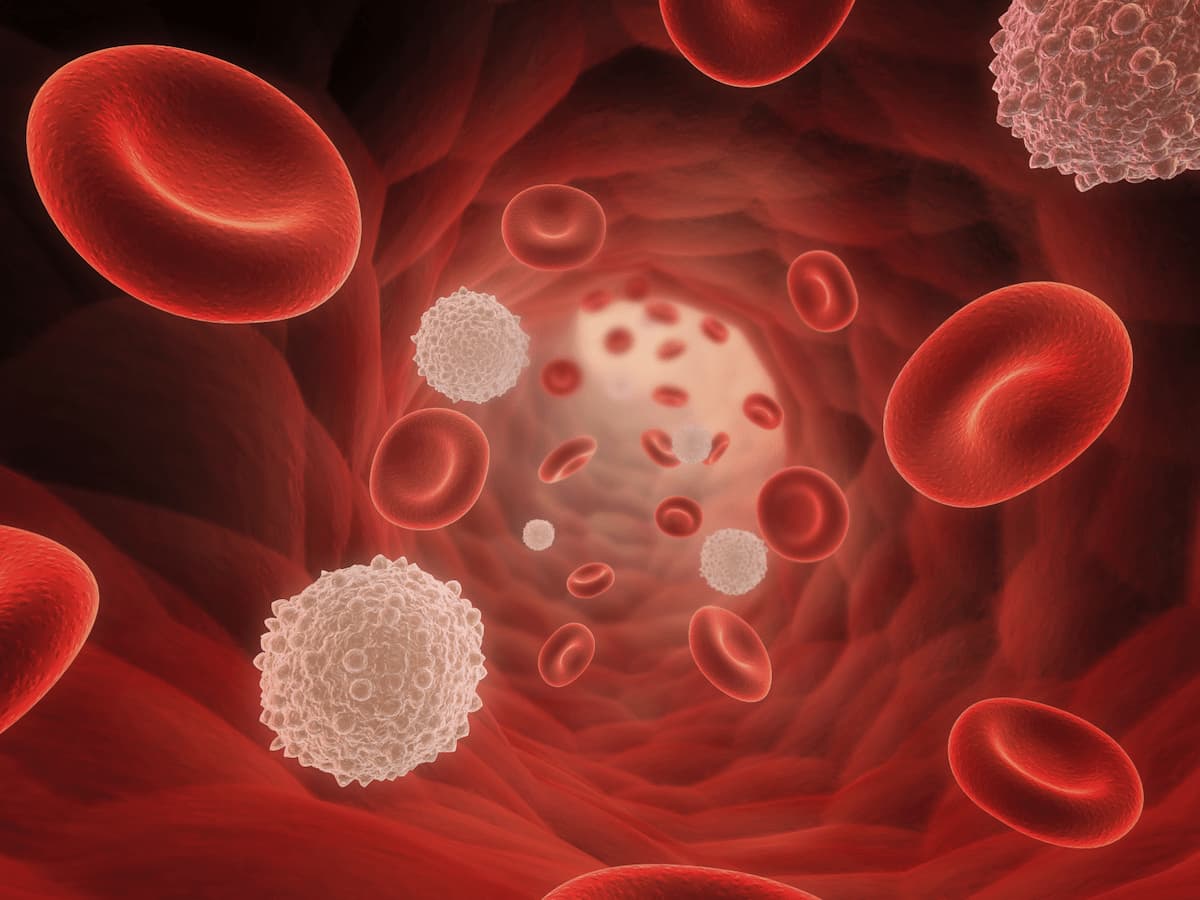Acalabrutinib Earns FDA Priority Review in Untreated Mantle Cell Lymphoma
The FDA has set a Prescription Drug User Fee Act date in the first quarter of 2025 for the potential approval of acalabrutinib in previously untreated MCL.
Supporting findings for the sBLA came from the phase 3 ECHO trial (NCT02972840) assessing acalabrutinib in combination with bendamustine and rituximab vs bendamustine/rituximab alone among those with previously untreated MCL.

The FDA has granted priority review to a supplemental new drug application (sNDA) for acalabrutinib (Calquence) as a therapy for patients with previously untreated mantle cell lymphoma (MCL), according to a press release from the developer, AstraZeneca.1
The regulatory agency has set a Prescription Drug User Fee Act date in the first quarter of 2025 for the approval of acalabrutinib in this population.
Supporting findings for the sBLA came from the phase 3 ECHO trial (NCT02972840) assessing acalabrutinib in combination with bendamustine and rituximab (Rituxan) vs bendamustine/rituximab alone among those with previously untreated MCL. Investigators presented updated results from the ECHO trial at the 2024 European Hematology Association Congress (EHA).
Findings showed that acalabrutinib-based treatment yielded a median progression-free survival (PFS) of 66.4 months compared with 49.6 months with bendamustine/rituximab alone (HR, 0.73; 95% CI, 0.57-0.94; P = .016). Although overall survival (OS) data were not yet mature at the time of the analysis, investigators identified a trend in favor of the acalabrutinib arm (HR, 0.86; 95% CI, 0.65-1.13; P = .2743). Regarding OS outcomes, investigators noted that most patients in the standard-of-care (SOC) arm required subsequent therapy with Bruton tyrosine kinase (BTK) inhibitors, which primarily included acalabrutinib.
“For people living with [MCL], a typically aggressive form of non-Hodgkin lymphoma, the ECHO results offer promise of a new, effective treatment option for adults older than 65, who represent the majority of [patient with] MCL,” lead trial investigator Michael Wang, MD, Puddin Clarke Endowed Professor, director of Mantle Cell Lymphoma Program of Excellence, and co-director of Clinical Trials at The University of Texas MD Anderson Cancer Center, said in a press release on the findings presented at EHA.2 “The improved [PFS] seen in patients treated with the [acalabrutinib] combination compared [with] chemoimmunotherapy demonstrate its potential to change the standard of care as the only BTK inhibitor in this first-line setting.”
Given that the ECHO trial took place during the COVID-19 pandemic, investigators aligned with FDA expectations by conducting prespecified PFS and OS analyses censoring for deaths associated with COVID-19 to evaluate how the pandemic may have impacted outcomes. These analyses indicated a 36% reduction in the risk of progressive disease or death with acalabrutinib-based treatment (HR, 0.64; 95% CI, 0.48-0.84; P = .0017), and a favorable trend for OS was observed; however, the data are still immature (HR, 0.75; 95% CI, 0.53-1.04; P = .0797).
The safety profile of acalabrutinib in the ECHO trial was comparable with prior reports of the agent; investigators reported no new safety signals. Grade 3 or higher adverse effects (AEs) affected 88.9% (n = 264) of patients in the acalabrutinib arm and 88.2% (n = 262) of those in the comparator arm.2 Common grade 3 or higher toxicities in each respective arm included atrial fibrillation (3.7% vs 1.7%), hypertension (5.4% vs 8.4%), major bleeding (2.0% vs 3.4%), and infections (41.1% vs 34.0%).
Serious AEs occurred in 69% (n = 205) of patients who received the acalabrutinib combination vs 62% (n = 184) of those who received bendamustine/rituximab alone, and 12.1% (n = 36) and 10.1% (n = 30) of patients experienced grade 5 AEs, respectively. Additionally, AEs associated with treatment discontinuation occurred in 10.4% (n = 31) and 6.4% (n = 19) of patients in each respective arm. Grade 5 AEs related to COVID-19 were reported in 9.4% (n = 28) and 6.7% (n = 20) of patients from each arm.
The trial’s primary end point was PFS based on Lugano classification.3 Secondary end points included overall response rate, OS, duration of response, and time to response.
“Today’s priority review acceptance reinforces the potential of [acalabrutinib] to transform outcomes in untreated mantle cell lymphoma. Data from the ECHO trial showed [acalabrutinib] plus chemoimmunotherapy significantly delayed disease progression and showed a trend of improved survival in patients with this currently incurable blood cancer. We are working closely with the FDA to provide patients this potential new treatment as soon as possible,” Susan Galbraith, executive vice president of Oncology Research and Development at AstraZeneca, said regarding the priority review designation.1
References
- CALQUENCE® (acalabrutinib) granted priority review in the US for patients with untreated mantle cell lymphoma. News release. AstraZeneca. October 3, 2024. Accessed October 3, 2024. https://tinyurl.com/bdspu2np
- CALQUENCE® (acalabrutinib) plus chemoimmunotherapy reduced the risk of disease progression or death by 27% vs. standard of care in patients with untreated mantle cell lymphoma in ECHO phase III trial. News release. AstraZeneca. June 16, 2024. Accessed October 3, 2024. https://tinyurl.com/mrpf6c3w
- A study of BR alone versus in combination with acalabrutinib in subjects with previously untreated MCL. ClinicalTrials.gov. Updated June 18, 2024. Accessed October 3, 2024. https://tinyurl.com/hph7hr97
Highlighting Insights From the Marginal Zone Lymphoma Workshop
Clinicians outline the significance of the MZL Workshop, where a gathering of international experts in the field discussed updates in the disease state.